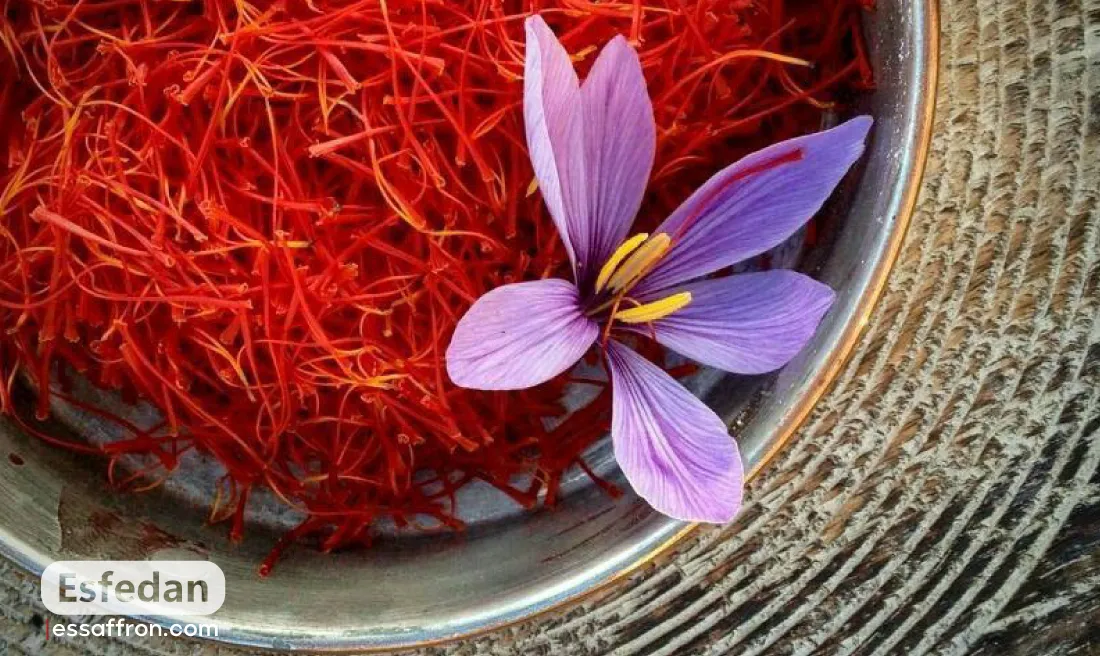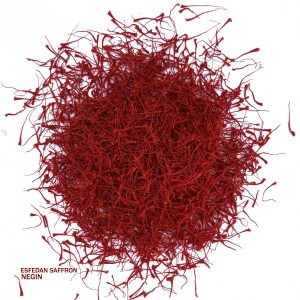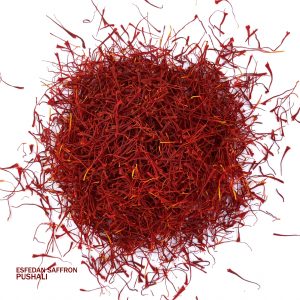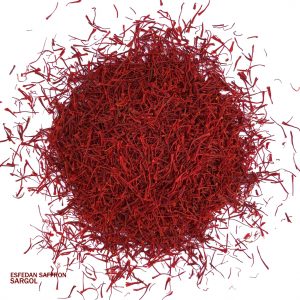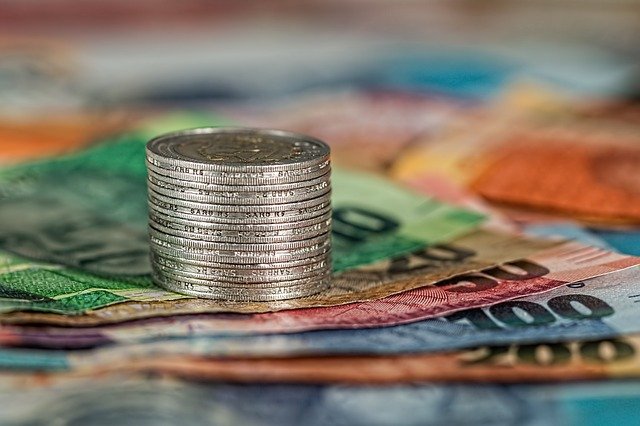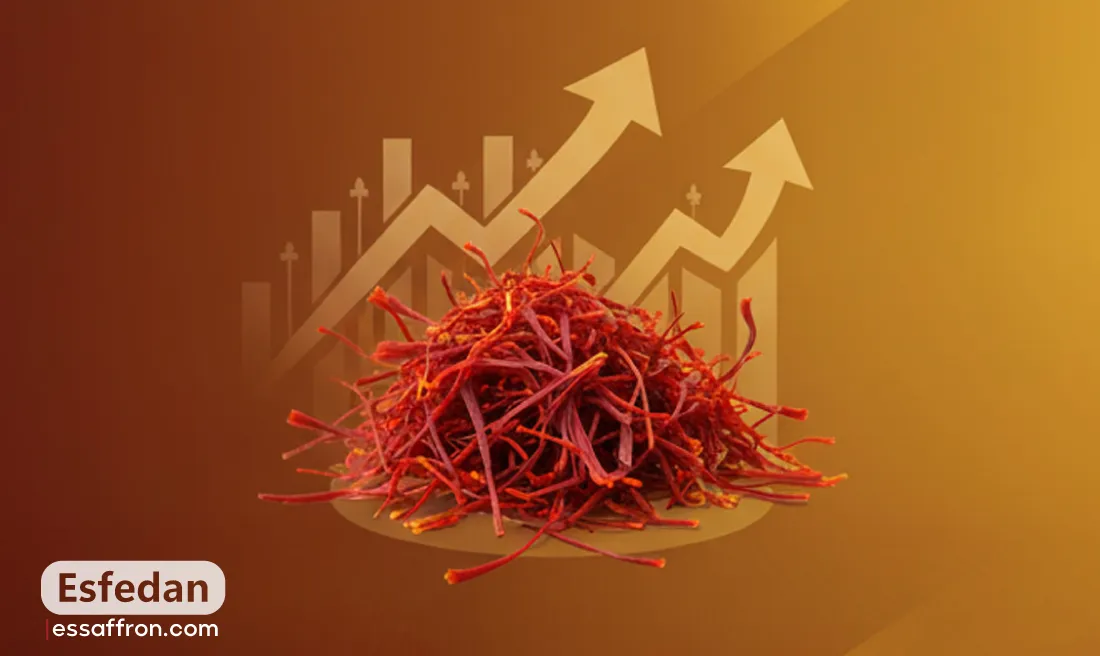Saffron is a spice derived from the dried stigmas of the Crocus sativus flower, a type of crocus. It has a unique taste and smell and is used in a variety of dishes worldwide to add a yellow or golden colour. In this article, we will examine saffron. We will share facts about saffron, including its properties, scientifically backed health benefits, kitchen usage tips, and other helpful information. To appreciate the value of saffron, understand its properties, use it effectively, and store it properly. This article is a valuable and reliable resource that answers many of the most common questions about saffron, providing concise information without unnecessary detail.
What is Saffron?
Saffron’s dried red-orange threads release a golden-yellow colour and a distinctive aroma and flavour that is slightly sweet and reminiscent of hay. Precisely, saffron is defined as the stigma of Crocus sativus and is not to be confused with other plant parts or plants with a similar appearance.
Botanically, saffron contains a high concentration of chemical compounds. Crocin is mainly responsible for saffron’s deep golden colour, picrocrocin for its bitter taste, and safranal for its aroma. All three are apocarotenoids. Hass has been attributed to each of these chemical properties. It has often been used when referring to this expensive spice, and many have shown interest in its properties and peculiar character.
Crocus sativus is a sterile triploid plant, meaning it cannot reproduce sexually through seeds and must be propagated vegetatively through its corms. The plant typically grows to a height of about 15-20 cm, producing distinctive lilac-coloured flowers, each containing three crimson stigmas.
The leaves are grass-like and appear after the flowers, persisting through winter. The entire plant contributes to the unique lifecycle of saffron production, which relies on manual intervention for propagation and harvesting, making it a unique agricultural product.
about histori saffron

Click for the history of saffron
What is the taste of saffron?
The flavour of saffron is tough to describe. Saffron has a slightly sweet and flowery taste, accompanied by an earthy, delicate, metallic, or hay-like aroma. The aroma is very complex, warm, and somewhat leathery. Saffron is highly flavoured; thus, it only takes a little bit to flavour a meal, and not too much, or it will overpower the other flavours. Its chemical compounds (safranal, picrocrocin, and crocin), and the proportion of these in the three, have a direct bearing on the taste, aroma, and strength of the saffron.
Nutrition Facts Table for Saffron (per 1g)
Saffron boasts a diverse spectrum of bioactive constituents, notably carotenoids such as crocin and crocetin. These compounds underpin the spice’s therapeutic attributes, which scientific studies have corroborated.
| Nutrient | Amount |
| Energy (kcal) | 3.1 |
| Total Carbohydrate (g) | 0.653 |
| Dietary Fibre (g) | 0.039 |
| Total Fat (g) | 0.0585 |
| Saturated Fat (g) | 0.01586 |
| Monounsaturated Fat (g) | 0.00429 |
| Polyunsaturated Fat (g) | 0.02067 |
| Protein (g) | 0.1143 |
| Vitamin A (IU) | 5.3 |
| Vitamin B1 (mg) | 0.00115 |
| Vitamin B2 (mg) | 0.00267 |
| Niacin / Vitamin B3 (mg) | 0.0146 |
| Vitamin C (mg) | 0.808 |
| Calcium (mg) | 1.11 |
| Sodium (mg) | 1.48 |
| Iron (mg) | 0.111 |
| Magnesium (mg) | 2.64 |
| Phosphorus (mg) | 2.52 |
| Potassium (mg) | 17.24 |
| Zinc (mg) | 0.0109 |
| Sugar (g) | 0 |
Health Benefits of Saffron
Saffron is a highly prized spice, not only for its unique flavour and colour, but also for its nutritional value. Even in small amounts, saffron provides a modest amount of energy—about three calories per gram—and contains a mix of carbohydrates, protein, and healthy fats.
Read more: Health Benefits of Saffron
- Antioxidant: Saffron is rich in potent antioxidants, including crocin, crocetin, safranal, and kaempferol. These help defend cells from free radicals, which are known to contribute to a host of chronic diseases. The antioxidant effects of saffron support overall cellular health and help mitigate cellular damage throughout the body. This is just one reason saffron has such a universal appeal. Antioxidants are one of the most active areas of research in pharmacology today.
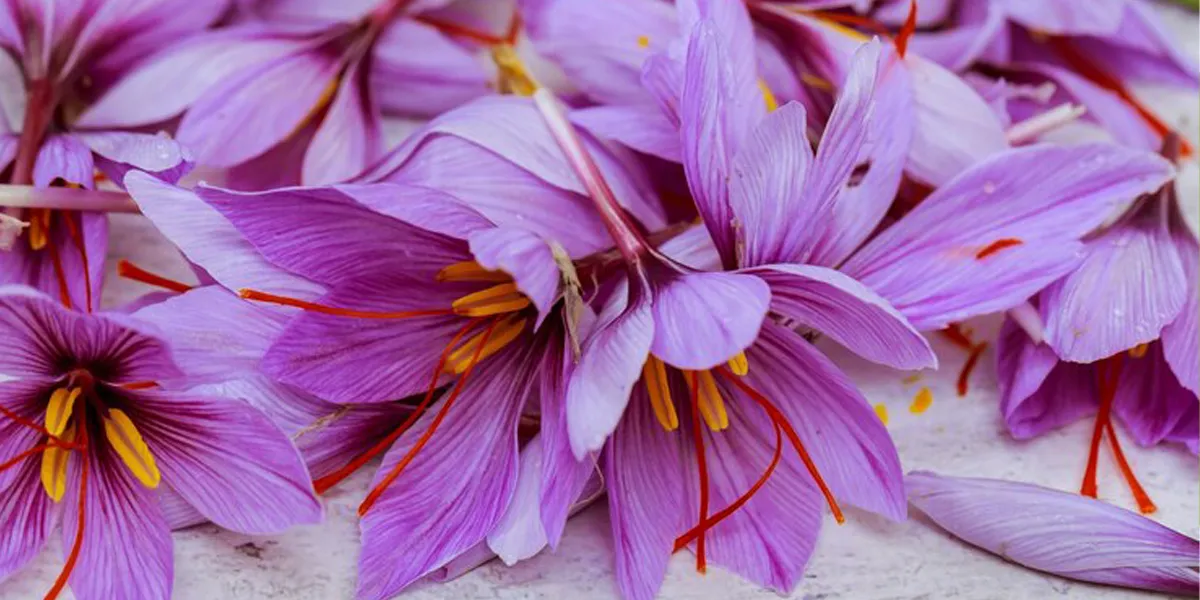
- Enhances Mood/Helps with Depressive Symptoms: Research shows saffron to be mood-enhancing. It may also help to relieve symptoms associated with mild-to-moderate depression. This effect may be due to its impact on neurotransmitter systems involved in mood regulation, such as serotonin. In specific trials, saffron extract was as effective as some antidepressant drugs.
- Anticarcinogenic activity: Saffron or its constituent compounds, particularly crocin, are suggested to possess anticarcinogenic properties. Saffron has been found to inhibit the proliferation of cancer cells in vitro (in human colon, skin, prostate, lung, and breast cancers) and in vivo (in breast cancer). Saffron may be able to promote cancer cell apoptosis and inhibit tumour growth without markedly toxic effects on non-cancerous cells.
- Helps With PMS Symptoms: Clinical studies show that saffron helps reduce the symptoms of PMS, including emotional and physical signs such as irritability, headaches, cravings, and abdominal pain in women. These studies found that taking saffron daily had a significant positive impact on reducing these symptoms, providing a non-hormonal option for women looking for natural alternatives for managing premenstrual symptoms.
Read more: Saffron and PMS Treatment
- Acts as an Aphrodisiac: Some evidence suggests saffron may improve sexual function and libido. Studies have indicated that saffron supplementation can enhance erectile function in men and improve overall sexual satisfaction in women, potentially by influencing mood and blood flow. Its effects are often attributed to its ability to improve overall well-being and reduce stress, thereby indirectly enhancing sexual health.
- Reduces Heart Disease Risk Factors: Saffron may contribute to cardiovascular health by influencing several risk factors associated with heart disease. It can help lower cholesterol levels, particularly LDL cholesterol, and prevent the oxidation of LDL, a key step in the development of atherosclerosis. Additionally, saffron may improve blood vessel function and reduce blood pressure, supporting overall heart health.
- Reduces Heart Disease Risk Factors: May Help Reduce Risk Factors for Heart Disease by potentially lowering cholesterol, particularly LDL cholesterol, and by inhibiting the oxidation of LDL. Saffron may play a role in preventing or reducing the risk of heart disease. It may also help blood vessels function more effectively and lower blood pressure.
- Improves Eyesight: Saffron has shown promise in improving vision, particularly in cases of age-related macular degeneration (AMD). The antioxidants present in saffron are believed to protect retinal cells from damage and improve overall retinal function, potentially slowing the progression of visual impairment. It supports the health of photoreceptor cells in the retina, which are crucial for clear vision.
Read more: Can Saffron Improve Vision?
RisksPotential Downsides saffron
While saffron is generally safe for most individuals when consumed in culinary amounts or appropriate supplemental doses, specific considerations apply regarding its safety and potential interactions.
Common side effects are typically mild and may include dry mouth, anxiety, dizziness, drowsiness, nausea, and changes in appetite. These are usually associated with higher doses. Very high doses (above 5 grams) can be toxic and are not recommended, particularly for pregnant women, as they can cause uterine contractions and pose a risk to pregnancy.
Saffron may interact with certain medications. Individuals taking blood pressure medication, blood thinners, or antidepressants should consult a healthcare professional before taking saffron supplements, as it may amplify their effects. Due to potential sedative properties, it may also interact with sedatives, leading to increased drowsiness.
For most supplemental uses, a typical daily dosage of saffron extract ranges from 20 mg to 50 mg. For culinary purposes, a small pinch (approximately 0.05 to 0.1 grams) is usually sufficient for a dish. It is crucial not to exceed recommended dosages, especially for extended periods, and to consult with a healthcare provider for specific medical conditions or chronic use. Self-medication with high doses is not advised.

Uses saffron
In addition to culinary applications, saffron has been used as a medicinal herb for thousands of years. Historically, it’s been used to lift one’s spirits. For support of healthy sexual function and fertility, a reduction in premenstrual syndrome symptoms, for appetite suppression and weight loss, and may have some potential as a treatment for conditions such as depression, anxiety, and Alzheimer’s disease. However, more research is needed to support many of these uses.s
Saffron is also used in the confectionery and liquor industries, especially in Italy, where it adds colour and flavour to sweets and alcoholic beverages like Chartreuse and Stre. ga

Planting saffron and Harvesting saffron
Plant healthy, large saffron bulbs in the ground in late summer to early fall in light, well-drained soil that is about 15 to 20 cm deep and 10 to 15 cm apart. Saffron should be watered immediately after planting, but not again until the seedlings emerge. Saffron requires a sufficient amount of light, dry air, and weed-free soil.
Read more: How to Grow Saffron?
Authenticity/Adulteration of Saffron:
Saffron is expensive and therefore highly susceptible to adulteration. Adulterants may include dyed corn silk, turmeric, paprika, beet root, or other parts of the crocus flower. Saffron threads should not be oily or very brittle, and when steeped, they should impart colour slowly instead of dissolving right away. Only buy saffron from reputable vendors to prevent buying fraudulent products. Suppose you are not certain that your saffron is pure. In that case, you can conduct purity tests at home by checking the thread morphology, aroma, and colour release characteristics, as well as performing chemical analysis to detect the presence of essential compounds such as crocin. These tests can help you confirm the authenticity and grade of the saffron according to ISO standards.

Saffron Substitutes
There is no proper substitute for saffron’s distinctive flavour. However, if you want to replicate its golden colour, turmeric or paprika can be used. Keep in mind that turmeric has a more pungent, more bitter taste, so use it sparingly. For traditional dishes like paella or bouillabaisse, authentic saffron is the best option to achieve the desired flavour profile.
Where to Buy Saffron?
Saffron is available in well-stocked grocery stores and online. Due to its high value, it may be kept in a locked cabinet in stores. Be cautious of deals that seem too good to be true, as they may involve counterfeit products.
When buying saffron:
- Opt for threads instead of powdered saffron, as threads are easier to verify for authenticity.
- Authentic saffron threads should be deep red with no yellow stamens.
read more: The Consumer Guide to Purchasing Saffron
Why Is Saffron So Expensive?
Saffron’s high price is due to its labour-intensive harvesting process. Each flower produces only three red stigmas, and the flowers bloom for just one week each year. Harvesting is done by hand in the early morning while the flowers are still closed to protect the delicate threads.
Producing one ounce of saffron requires around 1,000 flowers, making it one of the most expensive spices in the world. To ensure you’re purchasing genuine saffron, look for threads with a sweet, hay-like aroma and vibrant red colour. Avoid saffron with yellow stamens, as these are less valuable.
Conclusion
Saffron is truly a treasure in the culinary world. Its unique flavour, vibrant colour, and rich history make it a worthwhile addition to any kitchen. Whether you’re preparing a luxurious saffron-infused dish or exploring its cultural significance, this spice will elevate your culinary creations.
For the best quality saffron, choose Esfedan Saffron. As a trusted supplier, Esfedan provides 100% pure, premium-grade saffron, ensuring exceptional flavour and vibrant colour in every thread. Visit our website today and bring the magic of saffron to your kitchen!


